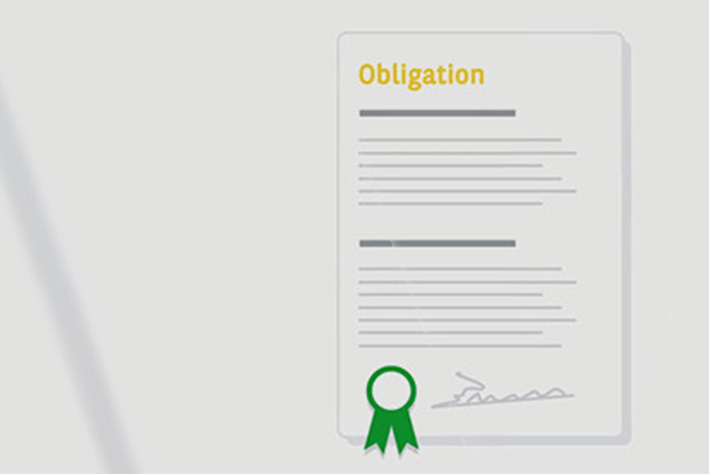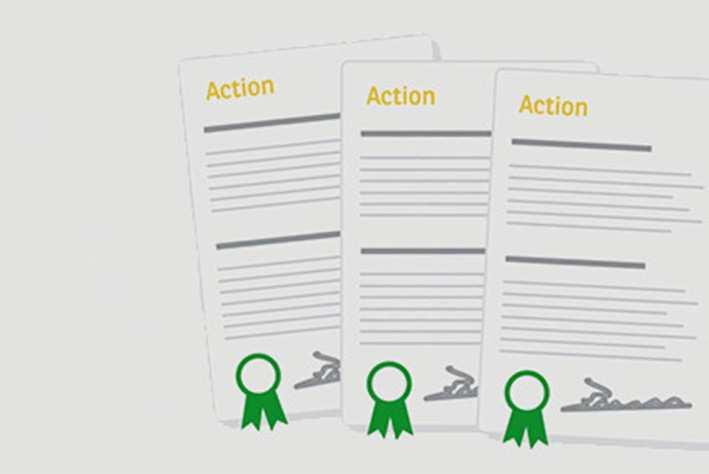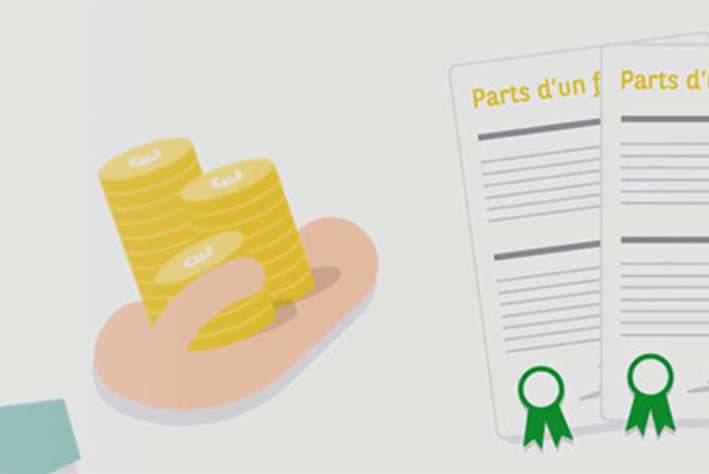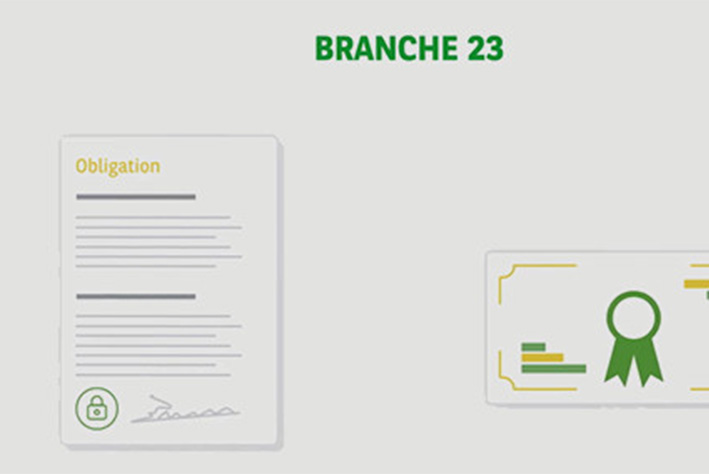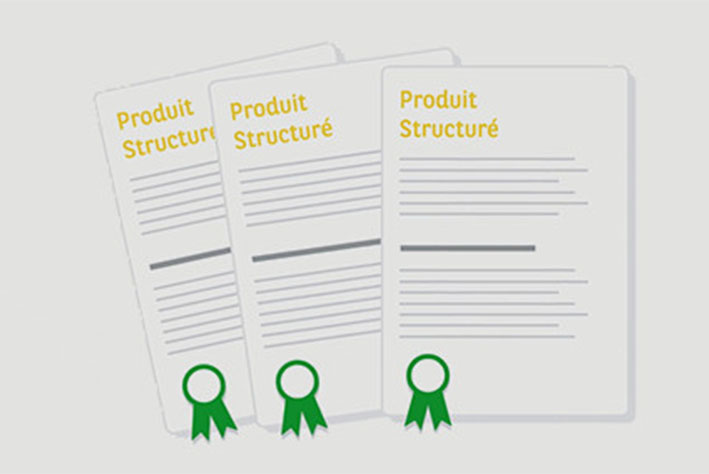- Open an account
- Log in
- My Easy Banking
-
-
Personal information
-
My documents
-
Privacy
-
Settings
-
Logout
-
Daily banking

Bank accounts

Bank cards

Payments

Save and invest

Invest

Save and invest with a goal

Our investment solutions


Financing a property

Finance a vehicle

Borrowing money also costs money
- Discover the personal instalment loan to also finance higher education

Family protection

Home protection

Mobility protection

By your side

Specific approach

Online and mobile banking

You are on the version of the site for
Daily banking
Bank accounts
Bank cards
Payments
Our advice
Did you know?

Save and invest
Invest
Save and invest with a goal
Our investment solutions
Our advice
Did you know?

Financing a property
Finance a vehicle
Fund a project
Our advice
Borrowing money also costs money

Borrowing money also costs money
- Discover the personal instalment loan to also finance higher education
Family protection
Home protection
Mobility protection
Our expertise
Did you know?

By your side
Specific approach
Online and mobile banking
Contact us
Did you know?

SAVINGS AND INVESTMENTS
Brush up on your knowledge
Boost your investment knowledge
Want to prepare for the "knowledge and experience" test or simply learn key financial concepts? Take your first steps with our financial investment guide.
Bonds
When you buy a bond from a company or state, you lend money to the issuer. The issuer will repay the loan at the end of a predetermined period. In exchange for making your money available to it, the issuer will pay you interest during the term of the bond. This interest is called a coupon.
Read the bonds knowledge sheet.
Equities
An investor who buys equities becomes a co-owner of the company that issued them. A shareholder is therefore willing to take risks. They benefit from the company's profits when it does well, but are also exposed to potential losses when it performs less well.
Read the equities knowledge sheet.
Funds without capital protection
Most funds are collective investment undertakings (CIUs). Each CIU can be thought of as a separate company whose aim is to pool the savings of many investors in a large pot. Each fund’s managers invest the collected capital according to a predefined strategy and conditions. Managers can invest in products such as equities, bonds, derivatives and real estate. Read the knowledge sheet on funds without capital protection.
Branch 21 insurance-based savings
This is a medium- to long-term savings product in the form of a life insurance policy. It offers capital protection for your savings and for the returns on those savings. Read the knowledge sheet on Branch 21 insurance-based savings.
Insurance-based investment without capital protection (Branch 23)
Most funds are collective investment undertakings (CIUs). Each CIU can be thought of as a separate company whose aim is to pool the savings of many investors in a large pot. Each fund’s managers invest the collected capital according to a predefined strategy and conditions. Managers can invest in products such as equities, bonds, derivatives and real estate. Read the knowledge sheet on Branch 23 capital-protected insurance-based investments.
100% capital-protected structured products
Like a bond, a structured product has a fixed term and in principle ensures that all of your capital is protected at maturity. However, the return is either not guaranteed or only partially guaranteed. As a rule, if you want a potentially higher return, you must waive capital protection. Read the knowledge sheet on 100% capital-protected structured products.
Financial Instruments and issuers
- Other investment categories
- What is a structured product that doesn’t offer 100% capital protection at maturity?
- What is an Exchange Traded Fund (ETF or tracker)?
- What is a subordinated bond?
- What is a convertible bond?
- What is a perpetual bond?
- Investments in gold (or other precious metals)
- What are derivative products (options, warrants, turbos etc.)?
- What is a hedge fund?
- Individual investments in commodities through derivative products (futures-based commodity trackers).
- Tax-efficient savings
For a complete overview of all investment categories, click here.
Financial Instruments and issuers
- Read essential information on our financial instruments and issuers
- Read the financial instruments brochure
Help
Daily banking
Save and invest
© 2024 BNP Paribas Fortis
Session number:



